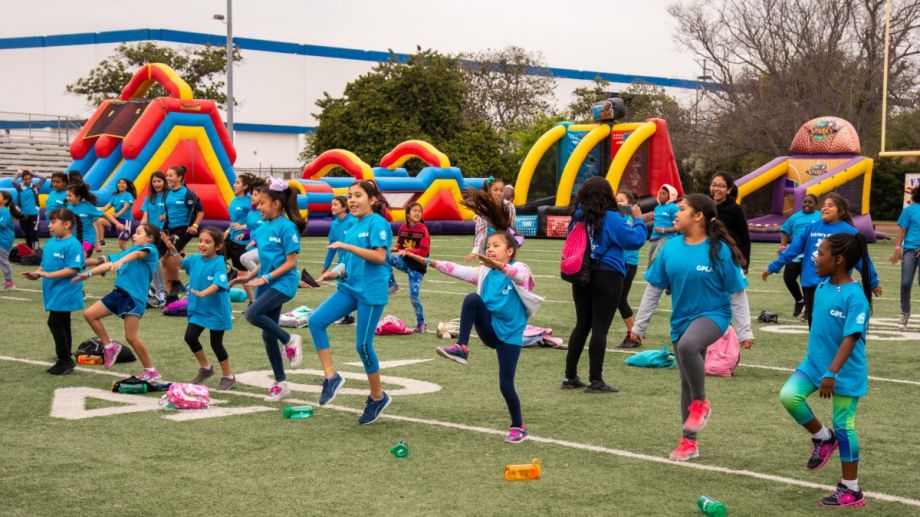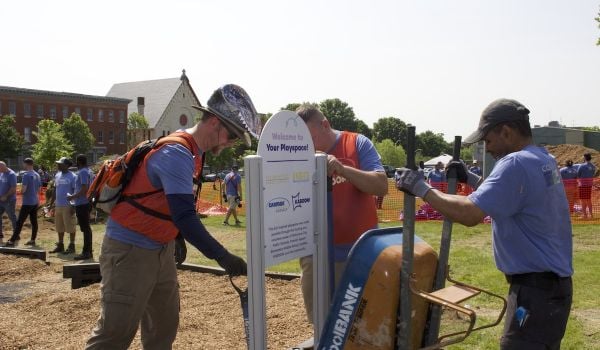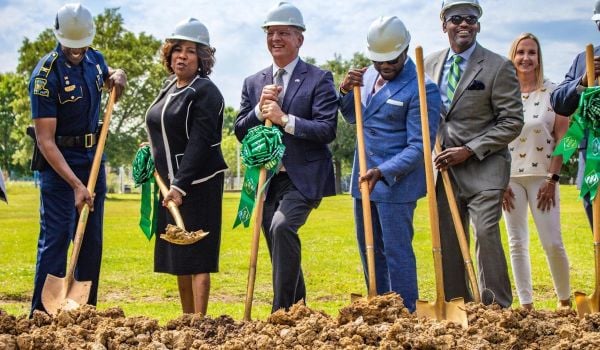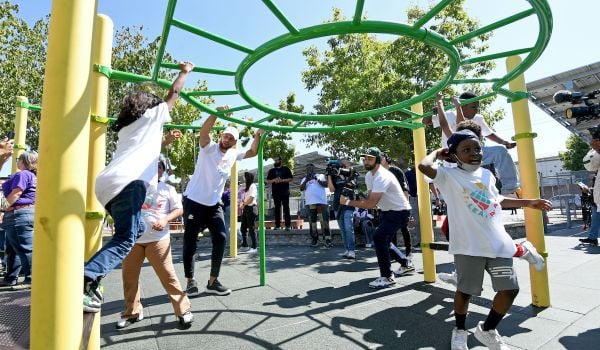Americans are in a health crisis. Poor diet and not enough exercise have led to a decline in physical fitness. The solutions are not easy, but additional physical activity must be part of the equation. The good news is that city parks can offer close-to-home opportunities to get outdoors and get active for a healthier life.
Time in parks is also good for our mental health and social well-being. Doctors and healthcare professionals are even prescribing time in nature for anxiety, depression and other conditions. A walk in the park is the new apple a day.
Parks have been proven to get people moving. City Parks Alliance partnered with the RAND Corporation for the National Study of Neighborhood Parks with funding from the National Institutes of Health, National Heart, Lung and Blood Institute. Researchers found that well designed, well programmed, and well marketed parks are places where all Americans — regardless of age, gender or ability — can be more physically active. All it takes is a little creativity, a few good partnerships, and a bit of innovation.
In the wake of that study, City Parks Alliance published Active Parks, Healthy Cities: Recommendations from the National Study of Neighborhood Parks, providing examples of low-cost ways cities are succeeding in creating better and more effective parks — and the types of community partnerships it takes to make that happen.
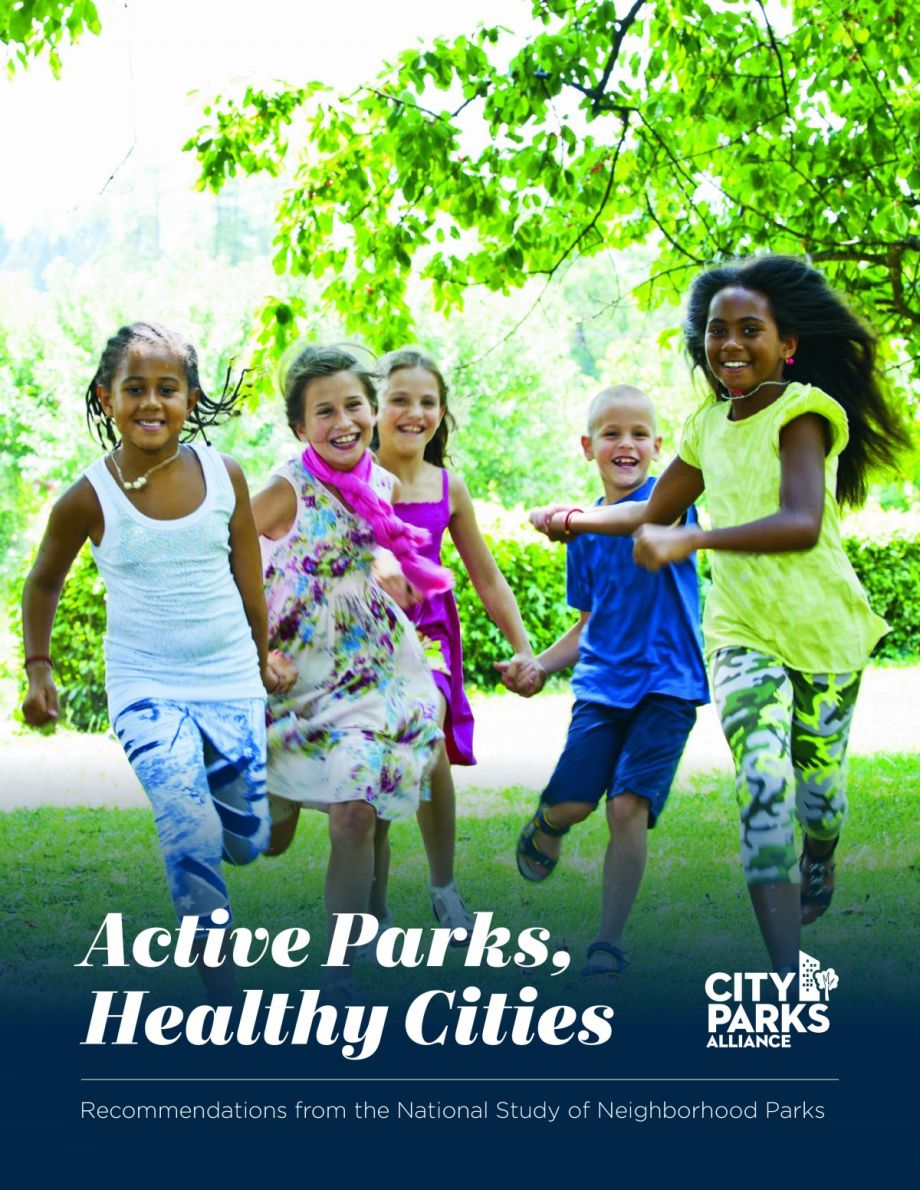
(Courtesy City Parks Alliance)
The key to increasing park usage is better programming — well-planned, supervised activities that help people feel comfortable in and use the space, particularly among seniors and teenage girls, two under-represented populations in parks.
One eye-opening fact revealed in the report is that people over age 60 make up almost one-fifth of the population but represent just 4 percent of park users. Another staggering statistic is that just 8 of every 100 girls play sports in neighborhood parks. For teen girls, it’s worse yet. Only 4 in 100 play sports. We can turn these statistics around through better park design, programming and marketing of events.
Against that backdrop, Active Parks, Healthy Cities presents numerous case studies for others to replicate in their communities. One focuses on We Walk PHL, a program that is especially attractive to seniors. It’s a free, 12-week program in which about 750 participants walk about a mile together at a moderate pace. Another, focused on teen girls, looks at a Los Angeles program known as Girls Play L.A. that is motivating girls in underserved communities to get into sports. Joining costs are just $10. In 2018, Girls Play L.A. was used in 88 separate sites and played host to 27,000 participants.
These two examples are just the beginning. City Parks Alliance is hosting a webinar on October 2, 1:00-2:00 EDT to look closer at some recent successes. The webinar is free of charge, open to the public, and will look at two innovative programs to activate parks. The first is The Older Americans Center, a division of the Jasper, Indiana Park & Recreation Department, a program tailored to residents ages 55 and over. It includes exercise and fitness classes for a range of fitness levels that improve quality of life in a socially positive environment. The second program is the nationally-known Girls With Sole in Cleveland, Ohio, offering free fitness and wellness programs for girls who are at-risk of or who have experienced abuse. Support for this webinar is provided by The Cleveland Foundation.
There are over twenty examples like these in Active Parks, Healthy Cities — and City Parks Alliance is always looking for new ideas to share online and with our national network of park professionals and advocates. If you or your community has a replicable example of programming your neighborhood park, we want to hear about it! Did you partner with the local school, senior center, or public agency to organize regular group walks or exercise programs? Does your park offer seasonal events to ensure parks are used year-round and residents remain active? We are also interested in great examples of activating parks through good design, park marketing and outreach, and measuring park use. You can submit your case studies here on the City Parks Alliance website.
Catherine Nagel is the executive director of City Parks Alliance.

